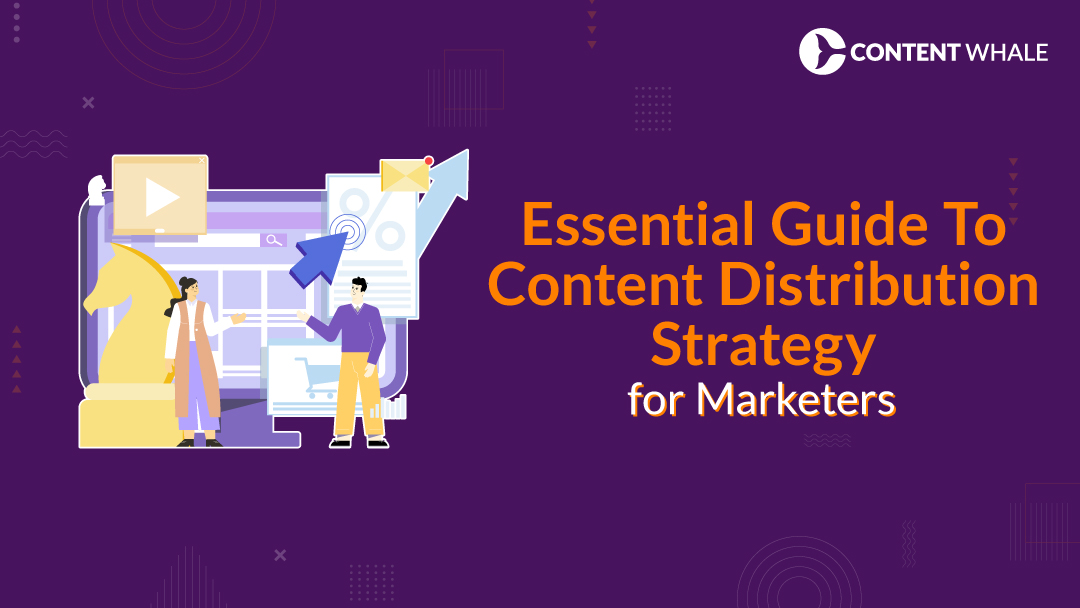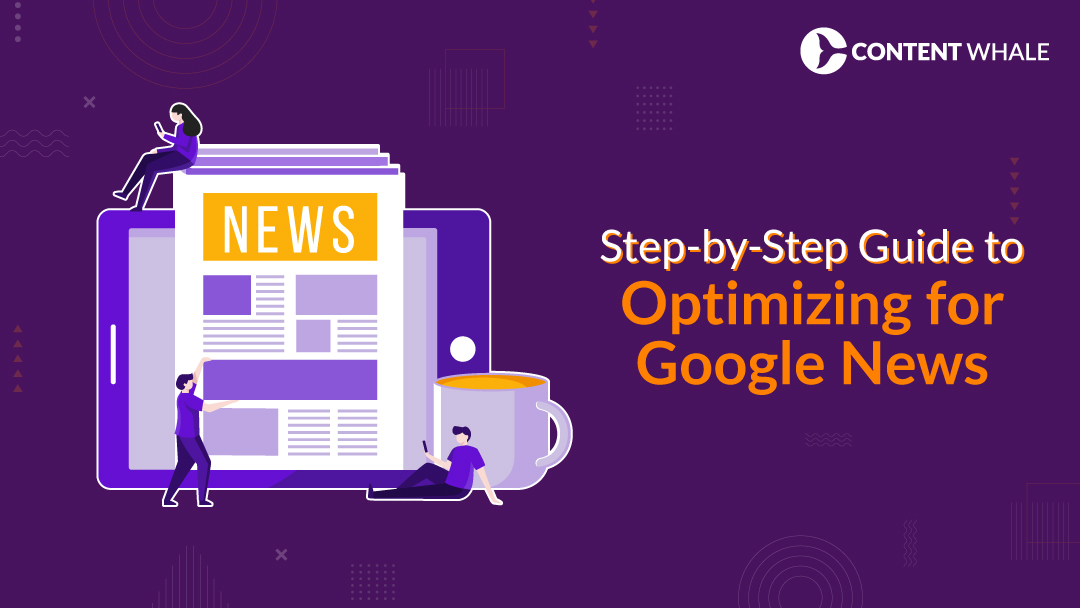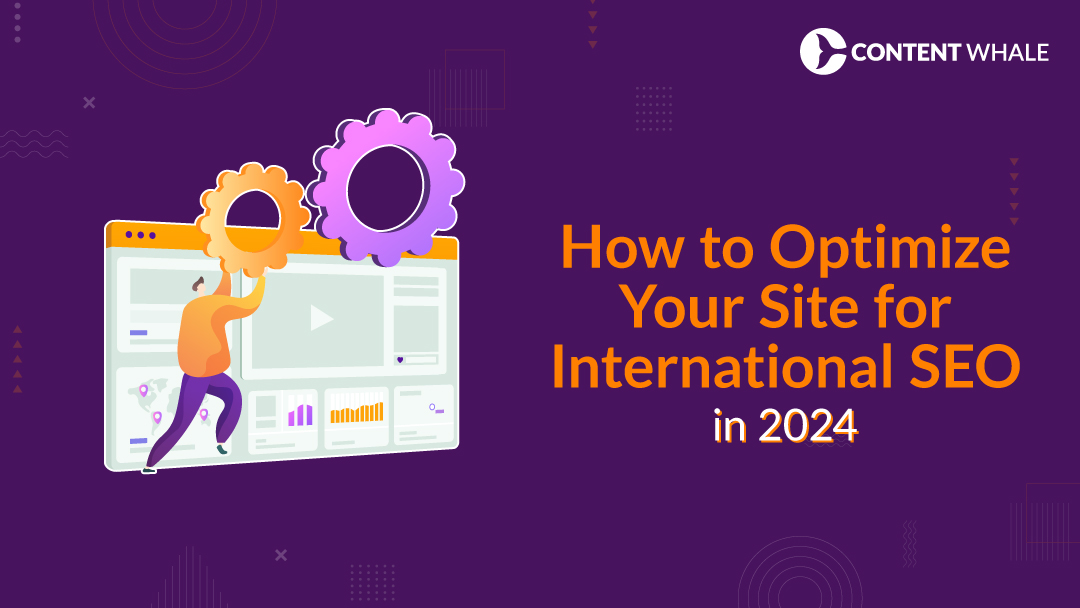Content distribution forms the backbone of effective marketing strategies, channeling your content to the right audiences through the most effective mediums. Understanding and implementing a well-thought-out content distribution strategy ensures that your valuable content doesn’t just sit idle but reaches and resonates with your target demographic.
Content delivery platforms and networks play a pivotal role in this process. Utilizing the best content delivery network can significantly amplify your content’s reach, ensuring faster delivery and better accessibility across the globe. This approach not only broadens your audience but enhances user experience, which is key to retaining audience interest and engagement.
Moreover, effective article distribution tactics are essential for tapping into new and relevant audiences. These tactics help in strategically placing your articles where they will generate the most impact and return. Whether it’s through a specialized content distribution platform or a multifaceted content distribution service, the goal remains the same: to ensure your content reaches the screens of the right people at the right time.
In today’s competitive market, integrating these elements into your marketing efforts is not just beneficial; it’s necessary for survival and growth. By the end of this guide, you’ll have a clearer understanding of how to distribute your content effectively, ensuring it contributes to your business goals and ROI.
Understanding Content Distribution Channels

To effectively reach and engage your audience, understanding the various types of content distribution channels is essential. These channels are categorized into three main types: Owned, Earned, and Paid.
Each type plays a specific role in pushing your content across different stages of the consumer journey, making your content distribution strategy more effective.
Owned channels refer to any media that your company controls. This includes your website, blogs, and email newsletters. Using these channels, you have complete control over the content and its distribution.
Optimizing these platforms with the aid of the best content delivery network ensures that your content is delivered swiftly and reliably, enhancing user experience and engagement.
Earned channels are those where your content gains exposure through external parties, such as media mentions, customer reviews, and shares by influencers. This form of content distribution is highly valuable as it builds credibility and extends your reach organically.
Leveraging earned media effectively requires that your content is shareable and newsworthy, which can often be facilitated through strategic article distribution and public relations efforts.
Lastly, Paid channels involve direct payment for exposure. This could be through PPC campaigns, paid advertisements on social media, or fees paid to a content distribution service to place your content in front of targeted audiences. Paid channels help to amplify your reach quickly and can be precisely targeted to reach specific demographics.
Combining these three distribution types can create a comprehensive content distribution platform that covers all aspects of media interaction, maximizing both reach and impact. By understanding the strengths and best uses of each type of channel, marketers can craft a balanced approach to content distribution that drives real business results.
Owned Distribution Channels

1. Websites and Blogs
Your website and blog are critical owned distribution channels that can be optimized through strategic content distribution strategies.
By utilizing analytical tools, marketers can gain insights into performance metrics like bounce rate and page view duration, allowing for continuous improvement of content effectiveness. This data-driven approach helps in crafting content that resonates with and retains the target audience.
2. Email Newsletters
Email newsletters remain a powerful tool for content distribution, offering a direct line to your audience. They can be highly effective in driving engagement, especially when personalized.
Utilizing data to tailor content to the preferences of your subscribers can significantly increase open rates and conversions. Moreover, incorporating AI technologies can streamline the creation and distribution of these newsletters, making them more efficient and impactful.
3. Social Media Platforms
Social media platforms are essential for executing a successful content distribution platform. With the rise of video content, platforms like TikTok and Instagram are becoming increasingly vital for marketers.
Utilizing these platforms for distributing both short-form and increasingly popular long-form video content can capture the attention of a diverse audience, including the tech-savvy Gen Z. Additionally, the integration of interactive content, such as quizzes and polls, can further enhance engagement and retention on these channels.
These channels offer diverse opportunities for engaging directly with your audience and tailoring your content to meet their preferences and behaviors. Leveraging the latest trends and technologies in these owned channels will ensure your content distribution efforts are effective and aligned with current consumer expectations.
Earned Content Distribution Channels

Earned content distribution involves strategies where your content gains exposure through third-party channels without direct payment. These channels leverage the credibility and audience of others to amplify your content, enhancing your brand’s visibility and trustworthiness.
1. Influencer Partnerships
Partnering with influencers can effectively distribute your content to broader audiences. The key is to identify influencers whose followers align with your target audience and whose content style and values resonate with your brand. Building authentic, long-term relationships with these influencers can lead to more genuine engagement and better results. By collaborating on content creation or sharing, you can tap into their audience base, which trusts their recommendations.
2. Media Coverage
Securing media coverage is another powerful earned distribution channel. Crafting newsworthy pitches that highlight unique angles of your content can attract the attention of journalists and publications. This requires a good understanding of what journalists are looking for and how your content can fit into current trends or news cycles.
Building a network of media contacts is crucial; having established relationships can make it easier to get your content featured. Effective media relations involve providing value to journalists, such as exclusive insights or expert comments, which can lead to more frequent and prominent coverage.
3. Social Media and User Shares
Social media platforms can serve as potent venues for earned content distribution when users share your content with their networks. Encouraging shares involves creating high-quality, engaging content that viewers find valuable enough to pass along to others.
This organic spread through social networks can significantly increase your content’s reach and credibility. Integrating shareable elements, like striking visuals or compelling statistics, and engaging directly with users by responding to comments and participating in discussions can foster a community around your brand and enhance the likelihood of shares.
4. Guest Posting
Writing guest posts for well-regarded blogs or websites in your industry can also drive earned distribution. This method not only directs the host site’s audience back to your brand but also benefits SEO through backlinks. Choosing the right platforms that share your target audience and offer complementary content can lead to effective content synergy, increasing your reach and reinforcing your industry authority.
Each of these channels requires a strategic approach tailored to your content goals and audience preferences, ensuring that your efforts contribute meaningfully to your overall marketing objectives.
Paid Distribution Channels

1. Social Media Advertising
Social media advertising remains a dominant force in paid content distribution. Platforms like LinkedIn, Facebook, and Instagram offer targeted advertising solutions that can reach specific demographics, interests, and behaviours.
LinkedIn, for instance, is particularly effective for B2B content as it allows targeting based on professional criteria such as job titles and industry sectors. It’s especially suited for distributing niche content, thought leadership materials, and case studies that target decision-makers.
2. Search Engine Marketing
SEM and pay-per-click (PPC) advertising are pivotal for reaching audiences actively searching for related topics. These platforms allow you to position your content in front of users based on the keywords they search for, making it an excellent choice for content aimed at the awareness or consideration stages of the buyer’s journey.
Google Ads is a prominent tool in this category, offering extensive reach and detailed performance tracking.
3. Native Advertising and Sponsored Content
Platforms like Outbrain and Sharethrough facilitate native advertising, where ads blend in with the surrounding content on a webpage, providing a non-disruptive user experience. These platforms distribute content across various media sites, enhancing your content’s reach and engagement.
Sponsored content, particularly with industry associations, also helps target specific professional communities, often tied to events or professional gatherings, providing credibility and targeted reach.
4. Influencer Marketing
Partnering with influencers can amplify your content’s reach and credibility. Influencers can create or share content that promotes your brand to their followers, effectively reaching niche audiences that trust their recommendations.
This strategy is increasingly popular across platforms where influencers have significant sway, such as Instagram, YouTube, and, increasingly, TikTok.
5. Display and Video Ads
Digital display and video advertising are widely used across the internet on various platforms, including social media and video hosting sites like YouTube. Video ads can be in-stream (played before, during, or after other videos), out-stream (appearing in content feeds), or interstitial (full-screen ads on mobile apps). These ads are designed to capture attention quickly and can be a great way to boost visibility and engagement.
6. Programmatic Advertising
Programmatic advertising automates the buying and selling of ad space in real-time, using algorithms to target audiences across thousands of websites. This method maximizes efficiency and can significantly expand your content’s reach. It’s particularly effective for campaigns that require large-scale distribution and precise targeting.
Each of these channels has its strengths and is suited for different types of content and marketing objectives. The choice of channels should align with your overall content distribution strategy, targeting criteria, and campaign goals to ensure optimal engagement and ROI.
Integrating Multi-Channel Distribution Strategies

A multi-channel approach to content distribution ensures that your marketing efforts are both diversified and synergized, optimizing your reach across various platforms while maintaining a consistent brand message.
When integrating multiple channels, it’s crucial to understand how owned, earned, and paid media can complement each other. Combining these channels effectively can create a seamless experience for your audience, no matter where they encounter your brand. For instance, an article hosted on your blog (owned) can be promoted via paid ads on social media and might also be picked up and shared by an industry influencer (earned), expanding its reach significantly.
Utilizing tools and technologies is essential for managing this integrated approach. A robust content distribution platform can help schedule, track, and analyze the performance of content across different channels.
Tools like Hootsuite or Buffer streamline these processes, allowing for real-time adjustments and ensuring that all efforts are aligned with your content distribution strategy.
Moreover, measuring the effectiveness of your distribution tactics is paramount to understanding success and areas for improvement. Key metrics such as engagement rates, click-through rates, and conversion metrics provide insights into how well your content performs in each channel.
Integrating analytics tools like Google Analytics with your content delivery platform offers a detailed view of how different content pieces contribute to your overall business objectives.
Through strategic planning and the utilization of advanced distribution tools and analytics, marketers can achieve a comprehensive and effective content distribution system that maximizes both reach and impact.
Challenges in Content Distribution

Successfully executing a content distribution strategy involves overcoming several significant challenges. These can range from channel saturation and budget constraints to ensuring the consistency and quality of the content being distributed.
Channel saturation is a common issue, especially on popular platforms where numerous businesses compete for the attention of similar audiences. To stand out, your content distribution must be innovative and aligned with the latest consumer behaviors and platform algorithms.
Engaging content that offers real value—beyond mere promotion—helps pierce through the noise, making it essential to keep content fresh and relevant.
Budget constraints often limit how widely and aggressively a company can pursue paid content distribution avenues. However, this challenge can be mitigated by strategically using content distribution platforms that offer cost-effective solutions and by optimizing spend across channels to maximize ROI. Leveraging a content distribution service can also streamline processes and reduce costs through efficiencies.
Maintaining content quality while meeting distribution quantity demands presents another hurdle. As your content reaches across various platforms, consistency in quality and messaging must be maintained to build trust and authority with your audience.
Utilizing a comprehensive content delivery platform ensures that all content is up to standard and resonates with your brand’s values and audience’s expectations.
To overcome these challenges, marketers should employ a mix of creativity, strategic planning, and utilization of the right technologies and partnerships. This includes continuous optimization and testing of content distribution strategies to find what works best for engaging your specific target audiences effectively.

Reflecting on the complexities and necessities of content distribution underscores its importance in a comprehensive digital marketing strategy. A well-rounded approach not only extends your reach but also enhances engagement with your target audience, proving vital for any business looking to thrive online.
A diversified content distribution strategy leverages multiple channels—from owned to paid to earned—to ensure comprehensive coverage and optimal audience engagement.
It’s clear that understanding and utilizing a variety of distribution methods, such as content delivery platforms and content distribution services, are essential for modern marketers aiming to make an impact.
Experimentation within these strategies can lead to discovering what truly resonates with your audience. This includes testing different types of content, tweaking your methods based on analytics, and continually adapting to new digital trends and audience preferences. By doing so, marketers can not only meet but exceed their content performance goals, enhancing the effectiveness of their overall marketing efforts.
Encouraging ongoing experimentation and adaptation ensures that your content distribution remains effective and competitive in a rapidly evolving digital environment. Whether you are utilizing the latest in content delivery platforms or engaging through the best content delivery network, the goal is to keep refining your approach to meet the dynamic needs of your audience and the market.
In conclusion, mastering the art of content distribution is essential for any marketer looking to leverage their content to its fullest potential. By effectively using various channels and technologies, you can ensure that your valuable content reaches the right people, at the right time, through the right platforms, driving significant business results.

What is the most cost-effective content distribution channel?
Determining the most cost-effective content distribution channel depends largely on your specific business goals and target audience. For many, social media platforms provide a low-cost, high-reach avenue, especially when leveraging organic tactics such as engaging posts and community interaction.
However, email marketing often ranks as one of the most cost-effective methods due to its direct access to interested audiences and high conversion rates. It’s essential to evaluate each channel’s ROI relative to your specific objectives.
How often should I revise my content distribution strategy?
The digital marketing world is dynamic, with audience preferences and platform algorithms continuously evolving. It’s advisable to review your content distribution strategy at least quarterly.
This regular reassessment allows you to adapt to changes in audience behavior, technological advancements, and new insights from ongoing performance data.
Can I use the same content across different distribution channels?
Yes, you can use the same content across different channels, but it should be optimized to fit the format and audience of each platform.
This practice, known as content repurposing, is highly effective in maximizing your content’s reach and lifespan. For example, a blog post can be transformed into a series of tweets, a YouTube summary video, and a presentation for LinkedIn to appeal to different audiences within each content distribution platform.
What are the first steps in setting up a content distribution strategy?
The first step in setting up a content distribution strategy involves identifying your target audience and understanding where they spend their time online.
Following this, you should select suitable distribution channels (owned, earned, and paid) and develop content tailored to each platform. Establishing clear goals and key performance indicators (KPIs) is crucial for measuring the effectiveness of your strategy.
How do I measure the success of my content distribution?
Success measurement in content distribution can be tracked through various metrics, such as engagement rates, traffic, conversions, and overall ROI. Tools like Google Analytics can provide insights into how users interact with your content across different content delivery platforms.
Additionally, social media analytics can offer data on reach, likes, shares, and comments, helping you gauge the effectiveness of your efforts on those platforms.
By addressing these frequently asked questions, marketers can refine their approaches to content distribution, ensuring they effectively reach and engage their target audience across multiple channels.





